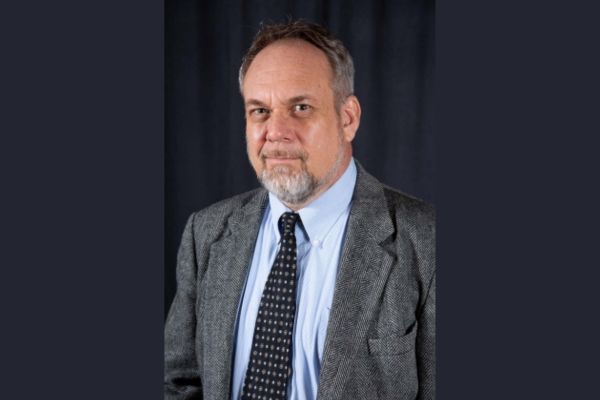Physics professor Dr. Philip Cole receives grant from Department of Energy
Dr. Philip Cole, Chair and Professor of Physics, has received nearly $163,000 in grant funding from the U.S. Department of Energy under their Nuclear Physics Reaching a New Energy Sciences Workforce (RENEW) program to recruit and train high-achieving minority undergraduate students on state-of-the-art topics in nuclear physics. This ongoing collaborative effort will be led by the University of Houston in partnership with Lamar University, the University of Texas – Rio Grande Valley, the University of Texas – El Paso, and Prairie View A&M University in creating a new generation of nuclear physicists to study the basic building blocks of the universe.
The Nuclear Science in Texas to Enhance and Advance Minorities (NuSTEAM) program supports a diverse set of students in undertaking a year-long traineeship that includes a course in experimental and theoretical nuclear and high energy physics research hosted at the University of Houston. All five participating institutions will identify and support minority undergraduate students in this endeavor, beginning with an intensive six-week summer course provided by the University of Houston, followed by two weeks of hands-on experience at the Brookhaven National Laboratory before returning to their home school.
“I have lots of opportunities for students,” Cole said. “The students will be involved in analyses of large data sets and hardware projects. That requires them to learn how to set up computer systems, write efficient software, and run detector simulations. They will also learn by hands-on experience how detectors work by conducting onsite hardware projects at Nuclear Physics Labs. These skills are highly desired by graduate schools as well as in industries that deal with big data and data analytics. The students will also learn the soft skills of time management and working in a team. I am here to help, and I’ve sent three students to Jefferson Lab for hands-on experience in summer 2022 and summer 2023.”
Student researchers will finish out their year-long program at their home institutions over the subsequent Fall and Spring semesters while also working on a research topic chosen through their traineeship program. These topics will address complex issues such as heavy ion data analysis, phenomenological modeling of data from particle accelerators, radiation physics, machine learning applications, and more.
This innovative curriculum will allow students to develop a skill set firmly rooted in cutting edge nuclear physics, which will propel them into a wide range of professions in academia, government, and private industry in the field of nuclear physics.
“Nuclear physics is great stuff. Or as I like to quote: ‘Things are going great and they're only getting better,’ just like the Timbuk 3 song The Future's So Bright, I Gotta Wear Shades. I certainly view this as my theme song for studying nuclear science,” Cole said.
Dr. Cole invites everyone to see the department’s Vision Statement for why Physics is so fun at https://www.lamar.edu/arts-sciences/physics/about/index.html.
